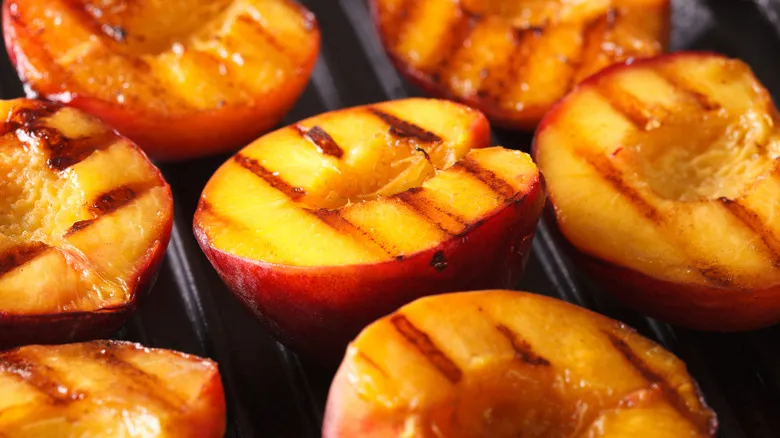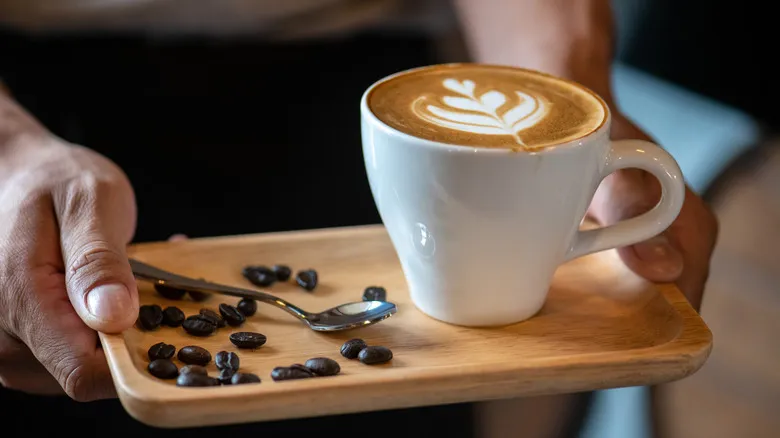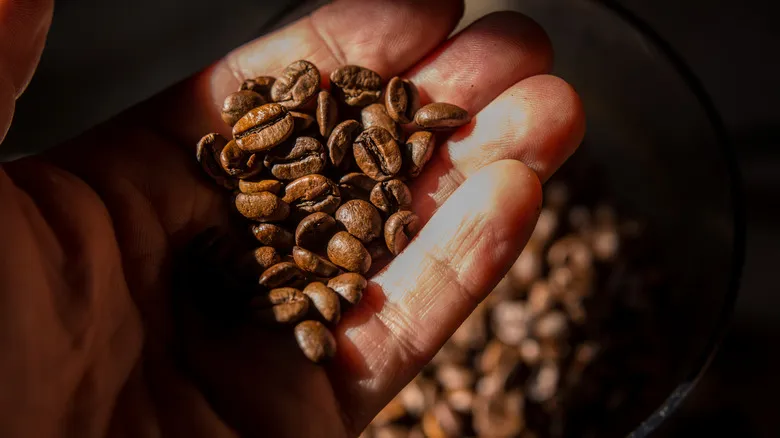What flavors are best for coffee?

To preserve the authentic flavor profile of coffee while enhancing it with additional tastes, it's best to add mix-ins after brewing. Andrea Allen supports this approach, stating, "I don't suggest infusing, but I believe that adding flavors to brewed coffee or lattes is a fun and excellent idea. There are numerous established flavors available, such as vanilla, caramel, chocolate, and white chocolate." Flavored syrups are the preferred option for introducing flavors, as they mix in seamlessly and offer great customization. Creating homemade syrup is simple for beginners, but well-known brands like Monin and Torani provide both classic and unique flavors, including options like caramel apple butter.
While these traditional flavors are consistently successful, there's no reason to limit yourself to the usual coffee shop selections. You might discover that your favorite flavor or the next great coffee pairing is something entirely surprising. Allen suggests trying some seasonal and unconventional flavors: "As the holidays approach, options like eggnog and peppermint come to mind. I enjoy unexpected flavors, such as lavender, ube, miso caramel, and ginger." And indeed, Monin offers an ube-flavored syrup. Additionally, there are smaller, artisanal brands that create inventive flavors, including lavender. For more inspiration, some of the trending coffee flavors for 2024 include macadamia, salted caramel, maple, and gingerbread.
How to incorporate flavor into brewed coffee

The amount of flavor you add is important. Andrea Allen suggests starting with a quarter or half an ounce in a standard cup of coffee. Most syrup pumps dispense ½ ounce per pump, and a tablespoon of syrup is roughly ½ ounce. After measuring, taste your coffee to see if it meets your preferences. The goal is to enhance the coffee's flavor, not mask it—if you can't detect the original coffee taste, you may have added too much syrup. Keep in mind that stronger coffee varieties, like espresso and cold brew, may require a little extra syrup.
It's also worth noting that black coffee isn't always the best for flavor absorption. The former barista champion shared a useful tip: "Sometimes, a fat binder is needed to help flavors blend into the brew, so consider using milk or cream." Flavored syrups can be steamed with milk—either using a milk steamer or a saucepan—to better distribute the flavor throughout the drink, including the foam.
Finally, remember that syrups aren't the only way to add flavor to your coffee. There are many ingredients that can enhance your cup, from cayenne pepper to condensed milk. You likely have something in your kitchen that would work perfectly.
Recommended

10 Unexpected Foods You Should Be Grilling

Do You Have To Thaw Frozen Coffee Beans Before Grinding?

12 Types Of Grills And Which One Is Best For You

5 Grocery Chains That Also Have Coffee Bars
Next up

